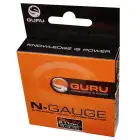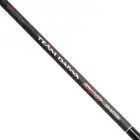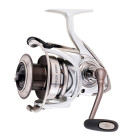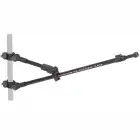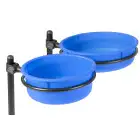This is a demo store. No orders will be fulfilled.
Feeder Fishing For Bream On Stillwaters
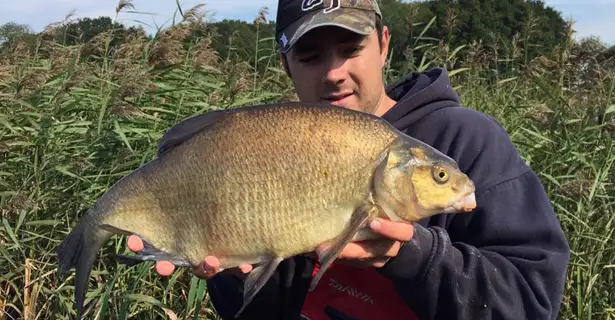
The lake is a traditional estate lake, over 20 acres in size, with a very shallow average depth of water, with this being the case it can often pay to fish at range, away from the margins and the roaming dog walkers and tourists. A ground bait feeder fished at medium to long range will often put you amongst the fish, so that was exactly our plan of attack.

Bream are well known shoal fish and it's often the case if you catch one, many more will follow, so you need to ensure you have plenty of bait in your swim to hold the shoal there if they turn up. Bait wise, bream will pretty much eat anything, but when fishing a venue as historic as Blicking it's quite nice to fish it traditionally with chopped worm, caster and maggot etc so this is exactly what we done.
With the bait prepared, 10 large cage feeder-fulls soon found there way out to our spot, it would at least give us something to start with and something for the Bream to home in on. With the 'pre-baiting' done, it was time for the first real cast of the session.
Even though the bright conditions were far from ideal we still fancied ourselves to get amongst a few fish! To find out exactly how we got on and to perhaps find out a few tips along the way, watch this latest instalment, from the waters edge.
Quick Tackle Tips
Rods 12ft, 13ft or even 14ft rods will make longer distance casting easier, shorter 10ft rods maybe nicer to use, but they aren't so easy to cast. Choose rods with a bit of 'grunt' in the middle to butt section, as extra power is sometimes needed, especially when punching you rigs out into a head wind.
Reels Larger reels will also make longer distance casting easier, especially those with bigger spools. A larger spool means there's less friction on the cast and that the line can peel off more freely. Some match/coarse anglers who fish at extreme range have even started using small big pit reels, which are normally associated with Specimen Carp fishing. Whatever reel you use, make sure that when you spool it up with line, you fill it right to the brim. Normally within a mm or two of the spool lip should be about right. This is another thing that will greatly aid casting capabilities.
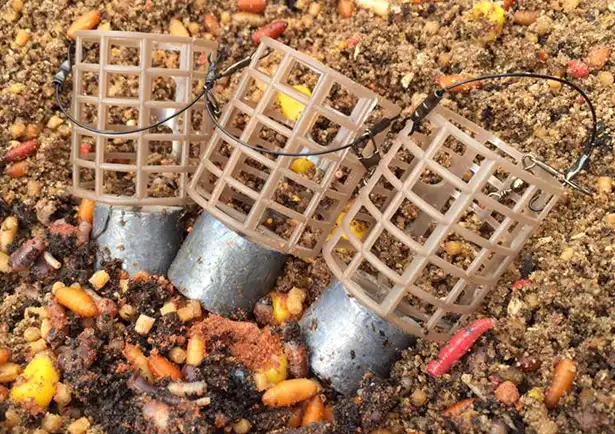
Line A line of around 6-8lb should be suffice, it has a low enough diameter to cast well, yet has enough strength and abrasion resistance to withstand the enhanced stress of fishing at greater distances. In some cases a shock leader could also be used, especially if you are an angler who likes/feels confident using a braided mainline.
End Tackle You don't need any specialist or different items of terminal tackle from what you'd normally use. A couple of things worth mentioning though, are make sure you use the correct weight of lead or feeder - you can be the greatest distance caster in the world, but your not going to hit the required distance with a 5g method feeder or 1oz lead!
The Tackle Box Daiwa Spectron Feeder Rod Daiwa Exceler Reel (New 2015 Model) Daiwa Sensor Mono 6lb Preston Free Flow Feeder Rest Preston Feeder Arm Daiwa Aqua Dry Landing Net Daiwa SR3 Landing Net Handle Guru Hooks Guru Speedstops & Needle Zippla Feeder (Distance Alternative) Guru N-Gauge Mono Preston Groundbait Bowl & Hoop Fox Chod/Heli Buffer Sleeve

